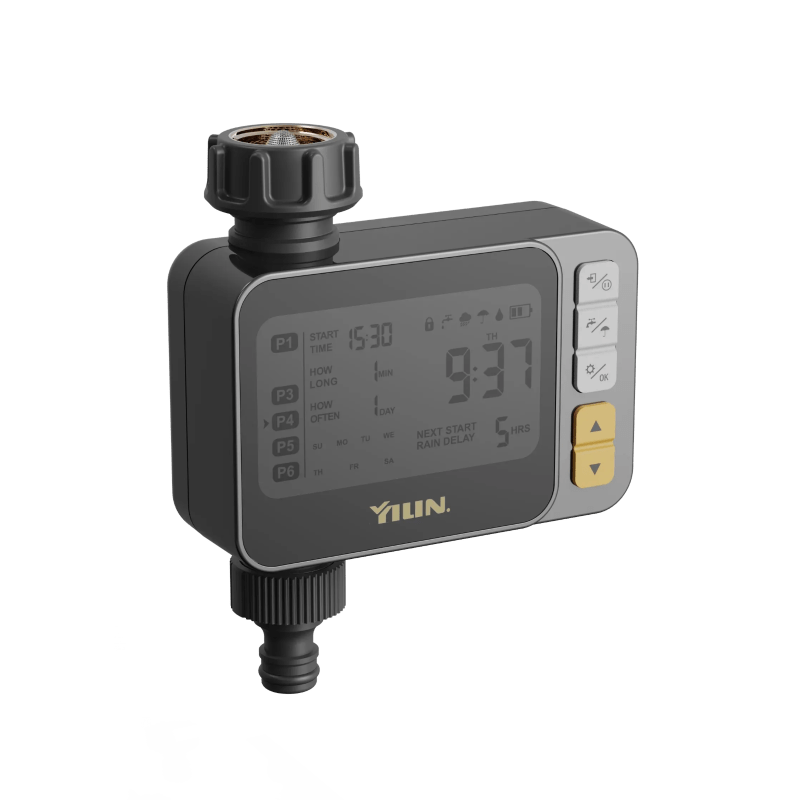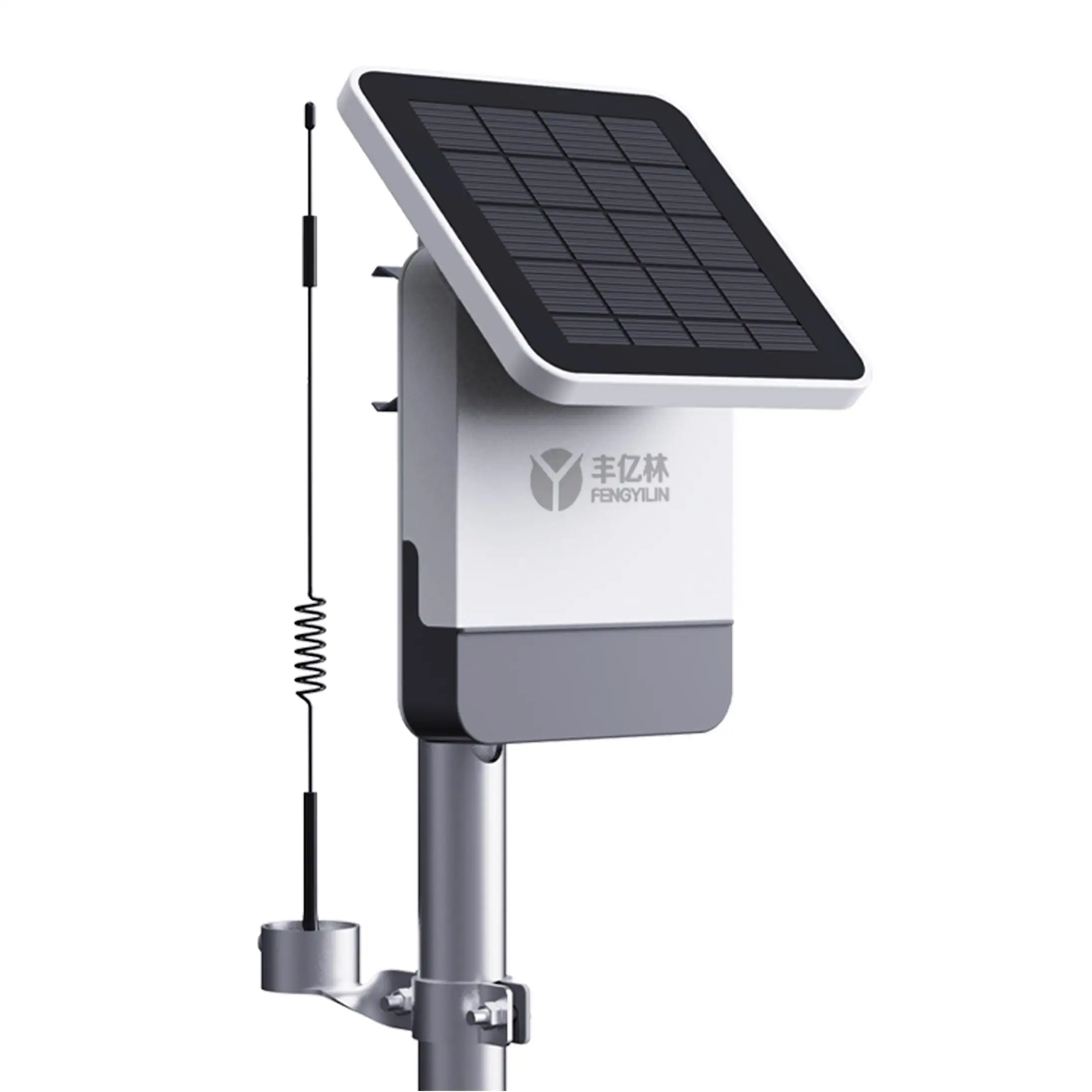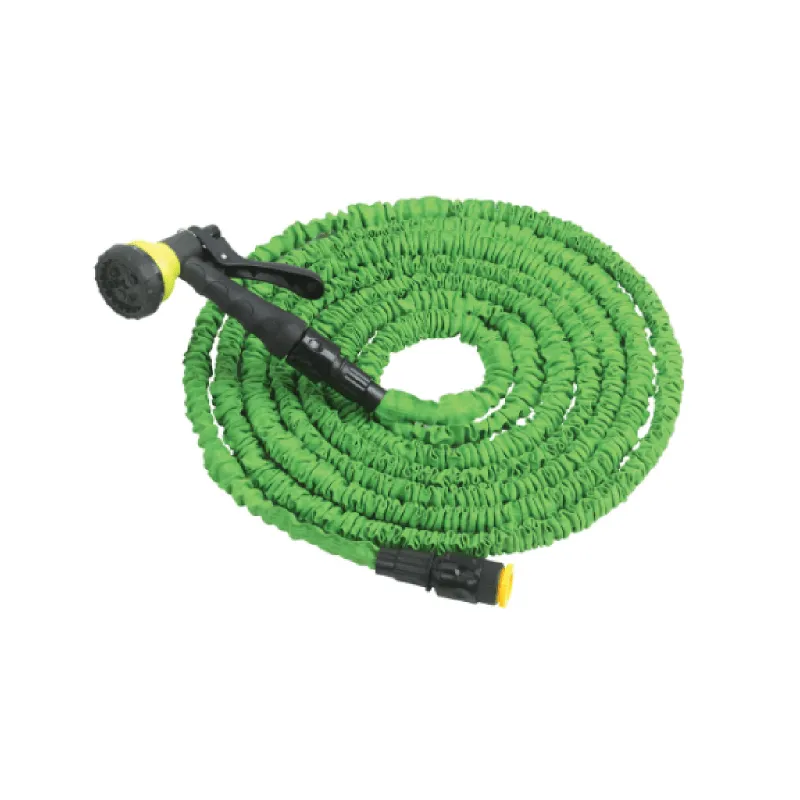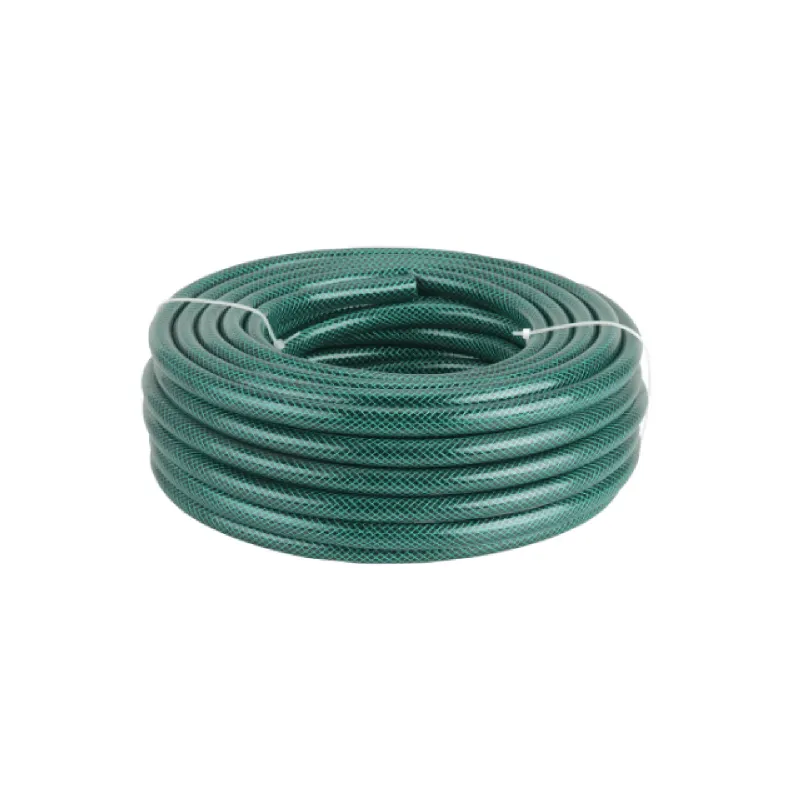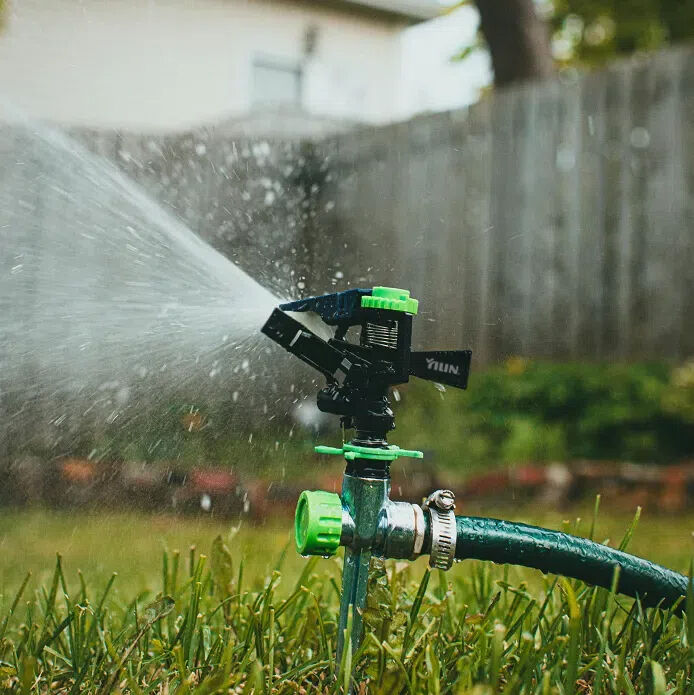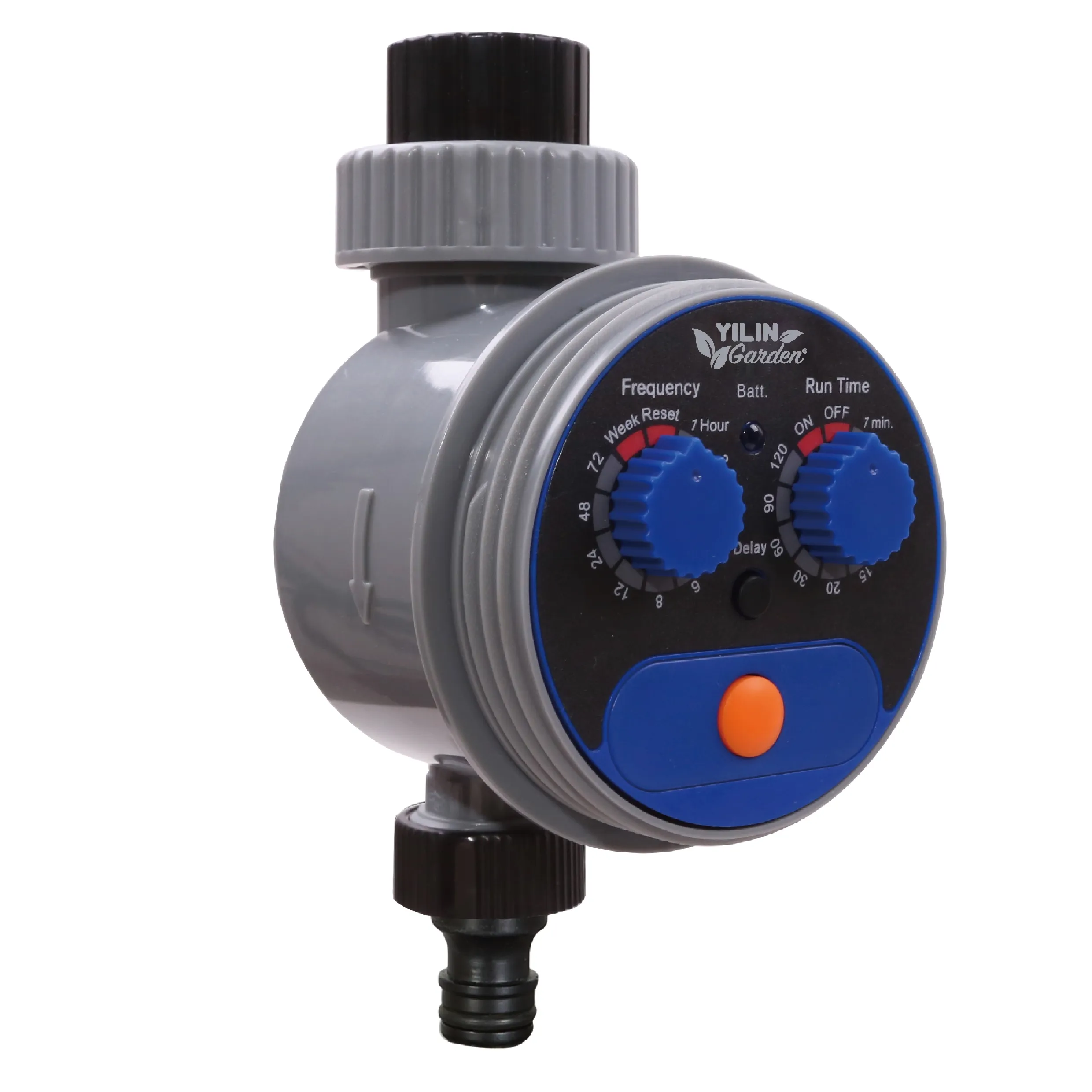landscape drip irrigation
Landscape drip irrigation represents a sophisticated and efficient approach to plant watering that delivers water directly to plant roots through a network of tubes, valves, and emitters. This system operates by releasing small amounts of water at low pressure near the plant's base, ensuring optimal moisture levels while minimizing waste. The technology consists of a mainline connected to various distribution tubes equipped with precise emitters that regulate water flow. Modern systems often incorporate smart controllers, moisture sensors, and automated scheduling capabilities, allowing for customized irrigation based on specific plant needs and environmental conditions. The system can be installed both above and below ground, making it versatile for various landscape applications, from residential gardens to commercial properties. This irrigation method is particularly effective in areas with water restrictions or drought-prone regions, as it can reduce water consumption by up to 70% compared to traditional sprinkler systems. The technology also supports sustainable landscaping practices by preventing soil erosion, reducing weed growth, and maintaining consistent soil moisture levels. Its application extends to various settings, including ornamental gardens, vegetable patches, tree irrigation, and slope stabilization projects.

